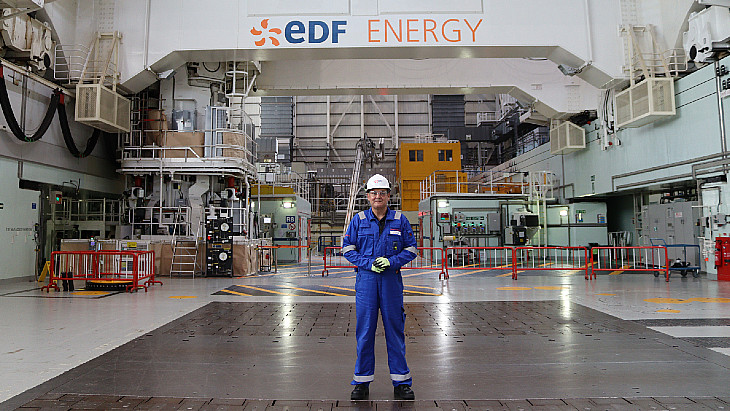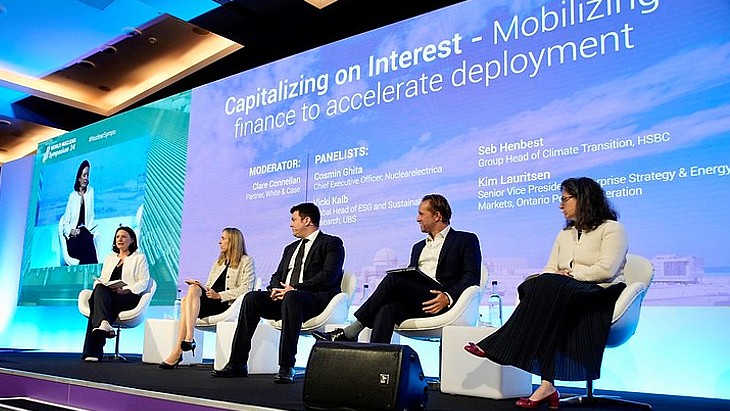Current landscape
The supply chain plays a crucial role within the nuclear industry; however, it is undergoing significant evolution driven by several factors. With a declining number of nuclear grade suppliers and a loss of skills in some regions, and the need to maintain existing plants and the emergence of new reactor designs, there is a renewed emphasis on innovation and diversification within the supply chain. However, supply chain oversight raises specific challenges that require regulators to adopt new practices and increase co-operation.
Demands for efficiency have prompted a shift towards digitisation, automation, and advanced manufacturing techniques, all while maintaining rigorous standards. Furthermore, the global nature of the nuclear industry necessitates robust supply chain resilience to mitigate risks associated with geopolitical tensions, trade disputes, and unforeseen disruptions. Amid these dynamics, collaboration between industry stakeholders, government agencies, and research institutions becomes pivotal in shaping a sustainable and resilient supply chain that can support the present and future needs of the nuclear sector.
The challenge
The imperatives of climate and energy security - together with innovation in the nuclear sector - are leading an increasing number of governments and industrial end users to consider nuclear energy in their plans to achieve net-zero greenhouse gas emissions targets. At the end of last year, we saw governments commit to triple global nuclear capacity, and indeed the nuclear industry pledge to "at least" triple global nuclear capacity. The aim is to accelerate the clean energy transition and realise nuclear’s role and further potential to decarbonise the entire economy.
But what does a tripling actually mean? How might that add up with a variety of small, medium, and large reactors?
To triple global nuclear capacity by 2050 would mean a rise from nearly 400 GWe today up to 1200 GWe in 25 years. Taking account for possible end-of-operation plant closures this translates to around 1000 GWe of new nuclear capacity by 2050. That would be equivalent to adding 40 GWe per year for 25 years. Of course that may not be linear, and we may expect a rapid expansion into the 2030s as small modular reactor (SMR) projects come to fruition. But either way, it is a lot of new nuclear power plants. 40 GWe could be anything from 40 new gigawatt scale reactors, or more than 100 SMRs, or any combination of the many different types and sizes. Increasing standardisation in the supply chain and developing means to ramp up capability and capacity to deliver on the demand for new plants will be an even greater focus for the industry for the years to comes.
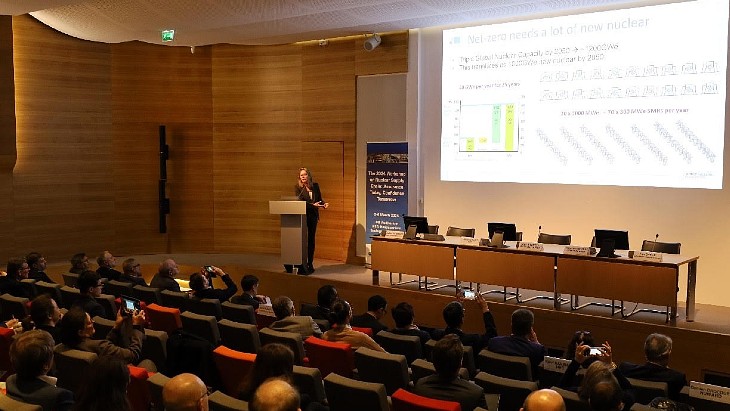 World Nuclear Association Director General Dr Sama Bilbao y León presents how many reactors need to be built to reach net-zero targets (Image: World Nuclear Association)
World Nuclear Association Director General Dr Sama Bilbao y León presents how many reactors need to be built to reach net-zero targets (Image: World Nuclear Association)
The good news is, and as pointed out by World Nuclear Association Director General Sama Bilbao y León, during her opening talk, Turning net-zero targets into global nuclear supply chain action, policy is now shifting, not just with the ministerial declaration at COP28, but also, international alliances of the ambitious, such as the European Nuclear Alliance, which saw 16 European countries call upon the European Commission to recognise nuclear energy in the EU's energy strategy and relevant policies.
Supply chain management
As well as the keynote speeches, there were several panel sessions throughout the day. The full agenda of the event can be seen here. One to highlight here is the Supply Chain Management session. The session focused on challenges associated with geopolitical developments and the COVID-19 pandemic, and how the industry and regulators have adapted to mitigate current and future risks. Discussions also assessed strategic planning needed to ensure that supply chains are future-proofed against potential shocks.
During the panel discussion, audience members were invited to submit single word answers with their thoughts on "What are the top risks that may impact the nuclear supply chain to deliver the expected increase in future nuclear projects from your perspective?". The results are presented in the wordcloud as follows:
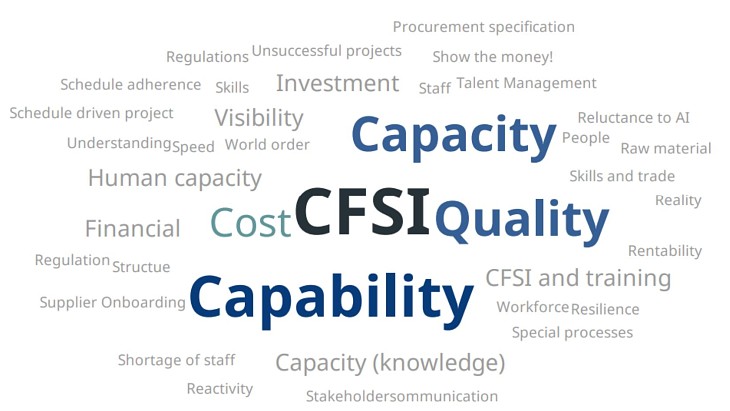
A wordcloud of participants' thoughts on top risks to supply chain. Note CFSI stands for counterfeit fraudulent & suspect items
It was an interesting session to moderate and it was clear there is a dual challenge and opportunity on the horizon for the nuclear industry: the supply chain will need to mobilise in parallel for a step-change in new-build projects and LTO refurbishments in the coming years, embedding pragmatic ways of supplying the equipment and services will need industry collaboration and focussed action to mitigate future risks.
Collaboration across the supply chain
As Senior Programme Lead for Supply Chain and staff director for World Nuclear Association's Supply Chain & Long-Term Operation Working Group, we are focused on enabling a competitive and resilient supply chain in delivering worldwide nuclear new-build and long-term operations. Activities help to create a business environment to industrialise new nuclear technologies; manufacturing, supply equipment and services; deploy and construct nuclear power plants and deliver their long term operation. The next major forum is taking place on 23-24 April in Piancenza, Italy. The sixth edition of The World Nuclear Supply Chain report is due out next year - the 5th edition was published in 2023.
Want to hear more?
EDF's Laurent-Olivier Coudeyre, chairman of the Supply Chain and Long-Term Operation Working Group, discussed the main findings of the report in the World Nuclear News podcast in November:
* Nathan Paterson is Senior Programme Lead for Supply Chain & staff director for World Nuclear Association's Supply Chain & Long-Term Operation Working Group and can be contacted via nathan.paterson@world-nuclear.org

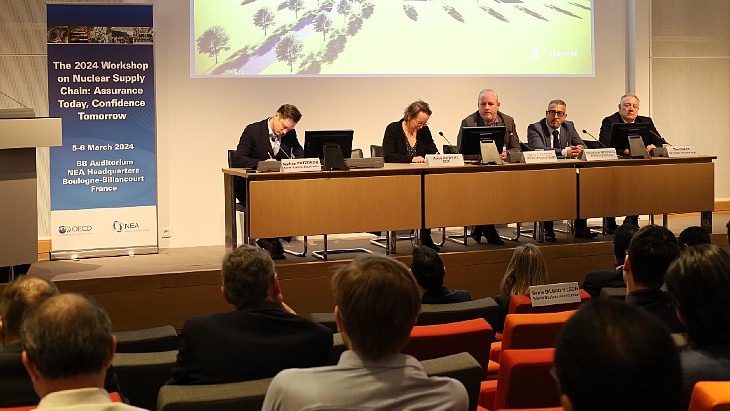



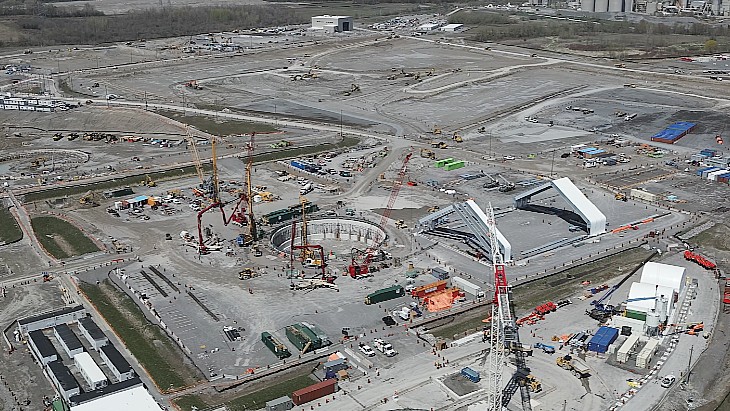
_88592.jpg)
